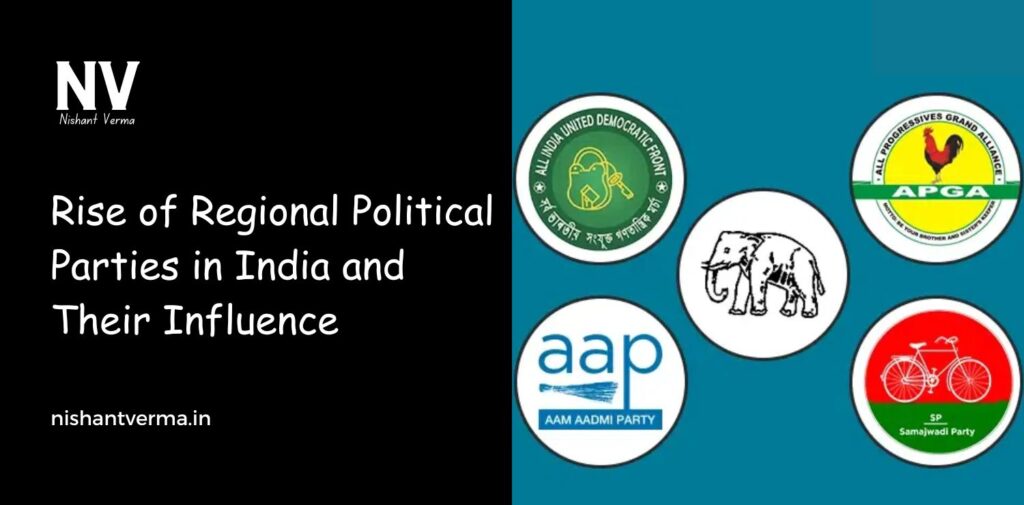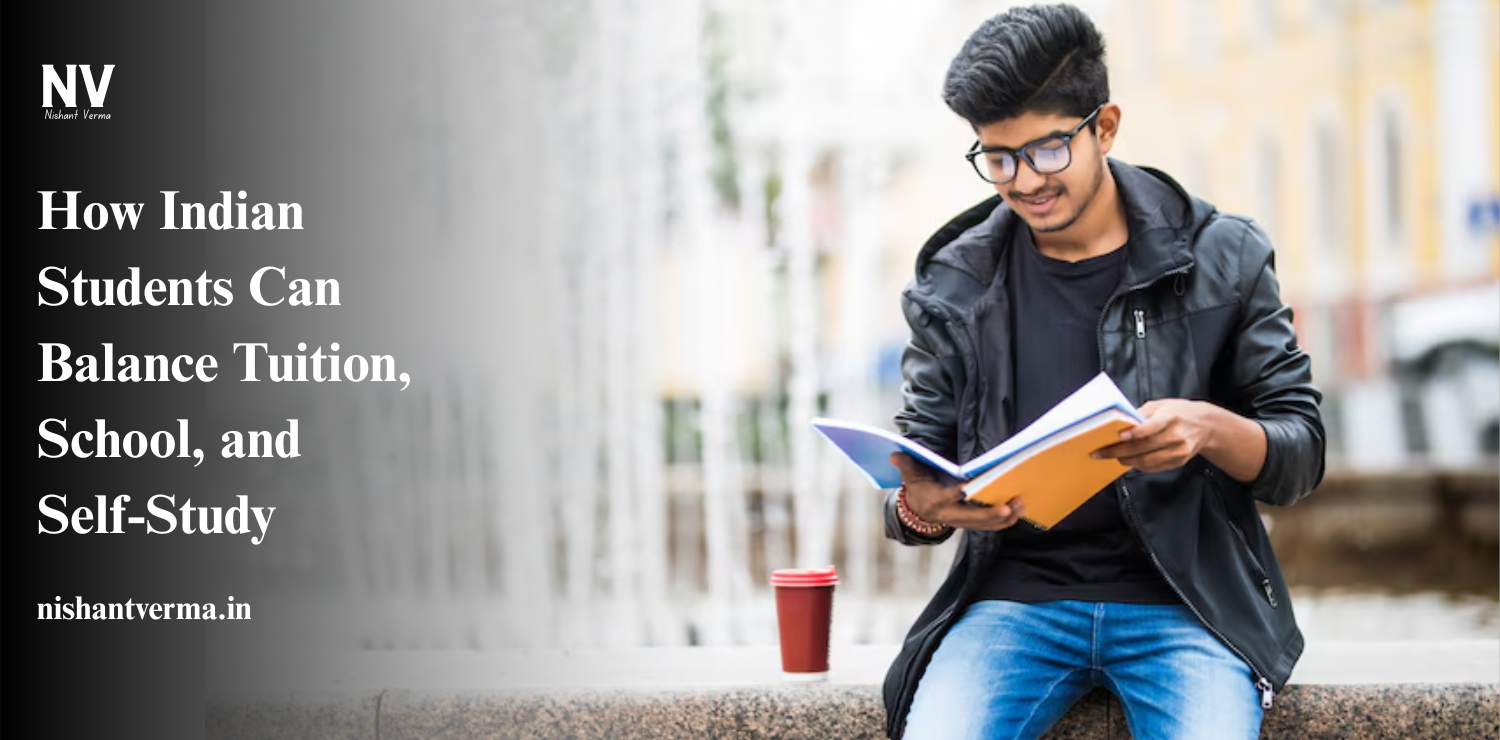India is a country with a rich diversity of cultures, languages, religions, and traditions. With over 1.4 billion people, it is not surprising that different regions of the country have their own unique needs and concerns. In the past, national political parties like the Indian National Congress and the Bharatiya Janata Party (BJP) were the main players in Indian politics. However, in recent years, regional political parties have grown in strength and have become an important part of the country’s political landscape. In this article, we will explore the rise of regional political parties in India and their influence on the country’s politics and governance.
What Are Regional Political Parties?
Regional political parties are political groups that mainly focus on issues that concern a specific state or region in India. Unlike national parties, which try to represent the interests of the entire country, regional parties are concerned with the local needs and concerns of a particular area. These parties are usually led by leaders from the region and often have a strong following among the people who live there.
Regional parties focus on various issues, such as regional development, language, culture, and resources. For example, a regional party in Tamil Nadu might focus on the promotion of the Tamil language and culture, while a party in Punjab might focus on agricultural issues that affect farmers.
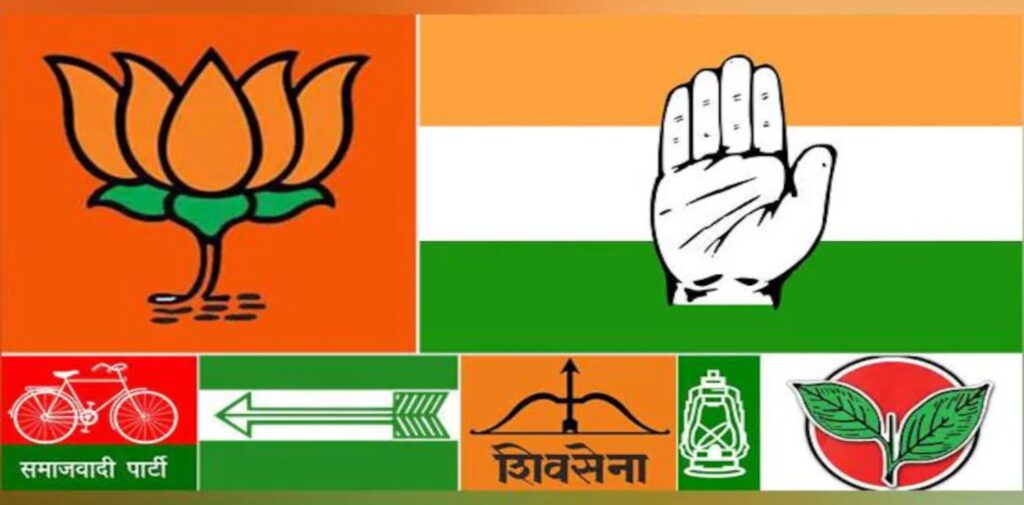
Why Did Regional Parties Rise in India?
India became an independent country in 1947, and for many years, the Indian National Congress (INC) was the dominant political party. The INC, led by leaders like Jawaharlal Nehru and Indira Gandhi, ruled the country for a long time. However, as India grew and developed, the needs of the people in different regions became more diverse. People in different states started feeling that their unique issues were not being addressed by national parties.
Over time, many states in India began to demand more attention and better governance. This led to the rise of regional parties that could focus on local concerns and work for the development of specific areas. Some of the factors that led to the rise of regional parties include:
- Cultural and Linguistic Diversity: India is home to many different languages, cultures, and traditions. In some states, people felt that their regional culture and language were being ignored by national parties. Regional parties began to form to protect and promote local identities.
- Regional Economic Issues: Different regions of India have different economic needs. For example, the farmers of Punjab or the tea garden workers of Assam have problems that are specific to their regions. National parties sometimes failed to address these local economic concerns, leading to the rise of regional parties that focused on regional development.
- Demand for Autonomy: Some states in India, especially those with a distinct culture or language, felt that they should have more control over their own affairs. Regional parties started to push for greater autonomy for their states, leading to more regional political movements.
Famous Regional Political Parties in India
Several regional political parties have made a big impact on India’s political scene. These parties may be based in one or two states, but they play an important role in the overall governance of the country. Some of the most famous regional political parties in India are:
- Aam Aadmi Party (AAP): The Aam Aadmi Party, or AAP, was formed in 2012 and is primarily active in the capital city of Delhi. It was created by Arvind Kejriwal and other leaders who were part of an anti-corruption movement. AAP’s main focus has been on fighting corruption and providing better education, healthcare, and basic services to the people of Delhi. Over time, the party expanded its influence and became a strong political force in the region.
- Trinamool Congress (TMC): The Trinamool Congress is a political party based in West Bengal. It was founded by Mamata Banerjee in 1998 after she split from the Indian National Congress. The TMC has become a major political force in the state of West Bengal, focusing on issues like rural development, women’s rights, and social justice. Mamata Banerjee, the leader of TMC, has served as the Chief Minister of West Bengal for multiple terms.
- Dravida Munnetra Kazhagam (DMK): The DMK is one of the most powerful regional political parties in Tamil Nadu. Founded in 1949 by C.N. Annadurai, the party has played a key role in Tamil Nadu politics for decades. The DMK focuses on promoting the Tamil language, culture, and social justice. The party has also been a strong advocate for the rights of the backward classes and minorities in the state.
- Shiv Sena: The Shiv Sena is a regional political party based in Maharashtra, founded in 1966 by Bal Thackeray. The party originally focused on the rights of Marathi-speaking people and the protection of their culture. Over time, Shiv Sena expanded its agenda to include issues like Hindu nationalism and regional development. The party has been a major force in Maharashtra politics and has been part of several government coalitions.
- Nationalist Congress Party (NCP): The NCP is another important regional party in Maharashtra and other parts of India. It was founded in 1999 by Sharad Pawar after splitting from the Indian National Congress. The NCP is involved in issues related to rural development, farmers’ rights, and social justice. Sharad Pawar has been a prominent political leader in Maharashtra and at the national level.
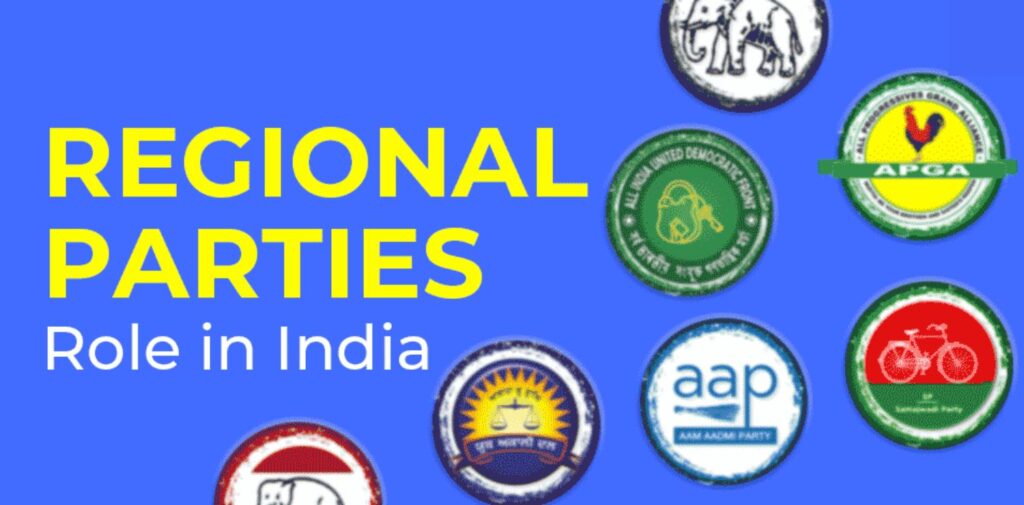
The Influence of Regional Parties on Indian Politics
The rise of regional political parties in India has had a significant impact on the country’s politics. These parties have played a key role in shaping the political landscape in both state and national elections. Here are some of the ways in which regional parties influence Indian politics:
- Coalition Politics: In India, no single party often wins enough seats to form a government on its own, especially at the national level. Regional parties play an important role in coalition politics, where different parties come together to form a government. For example, in the past, the Indian National Congress and the Bharatiya Janata Party (BJP) have needed the support of regional parties to form the central government. This gives regional parties a lot of power in deciding who governs the country.
- Promoting Regional Development: Regional parties focus on the specific issues that affect their states, such as infrastructure, agriculture, healthcare, and education. By focusing on local concerns, these parties ensure that their states get more attention from the central government. For example, the DMK in Tamil Nadu has been a strong advocate for the development of the state’s rural areas, while the TMC in West Bengal has focused on improving the lives of farmers and workers.
- Filling the Gaps Left by National Parties: Sometimes, national parties fail to address the issues that are important to people in certain regions. Regional parties step in to fill this gap by raising issues that affect local populations. For example, the AAP in Delhi has focused on issues like education and healthcare, areas that the national parties did not prioritize as much. Regional parties help make sure that local concerns are heard.
- Challenging National Parties: Regional parties challenge the dominance of national parties like the BJP and Congress. They often run on issues that are more relevant to the local population, such as language, culture, and regional identity. By doing this, they create a more diverse political environment in India, where people have more choices beyond just the big national parties.
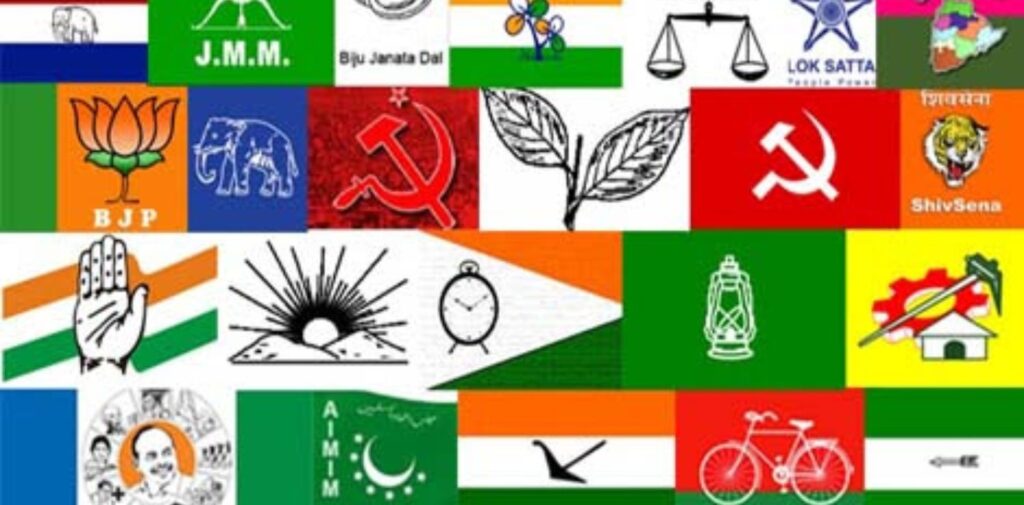
Challenges Faced by Regional Parties
While regional parties have grown in influence, they also face several challenges. One of the biggest challenges is the struggle to expand beyond their home state. Most regional parties are strong in one or two states but have little influence in other parts of India. Another challenge is the issue of internal divisions within these parties, which can lead to leadership problems and conflicts. Moreover, regional parties sometimes face difficulties in forming long-term alliances with national parties, which can affect their ability to govern effectively.
Conclusion
The rise of regional political parties in India has brought important changes to the country’s political system. These parties have given voice to local issues, ensured regional development, and played a crucial role in coalition politics. They have also provided an alternative to the dominant national parties and have made Indian democracy more diverse and inclusive. However, regional parties still face challenges in expanding their influence and maintaining unity. Despite these challenges, regional parties continue to shape the future of Indian politics and governance.

